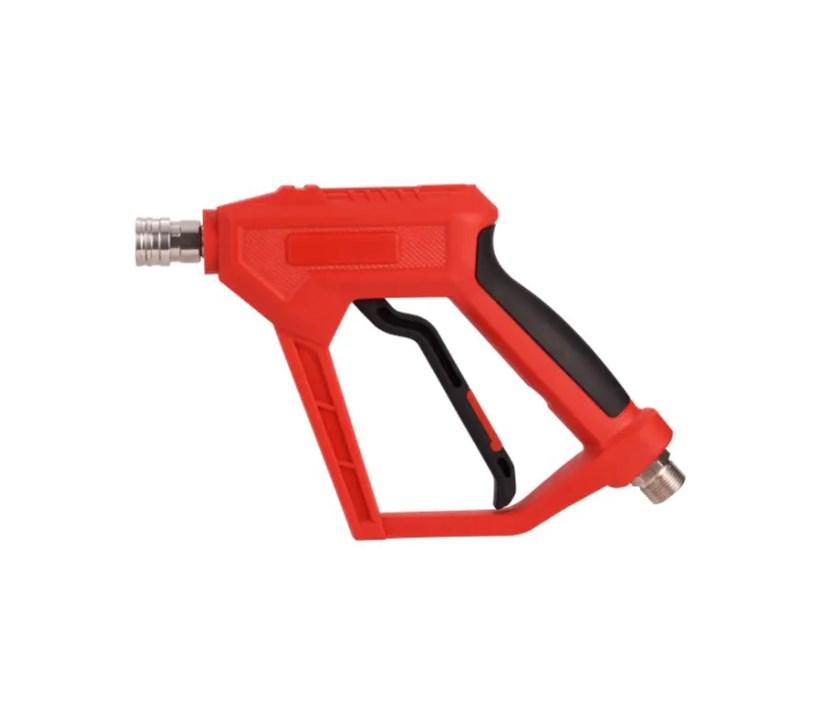Introduction to Pressure Washer Gun

In daily life, whether in households or industrial settings, cleaning is an indispensable task. However, traditional cleaning methods often consume a lot of time and effort, with less than satisfactory results. With the advancement of technology, the pressure washer gun has emerged as an efficient and convenient cleaning tool, significantly enhancing the efficiency and quality of cleaning work. This article will delve into the working principles, usage methods, and purchasing guidelines of pressure washer guns.
Working Principle
The basic principle of a pressure washer gun is to use high-pressure water to remove dirt from surfaces. It primarily consists of a pump, nozzle, and high-pressure hose. The motor drives the pump to generate high-pressure water, which is then sprayed out at extremely high speeds through the nozzle, creating a powerful impact force that can easily remove various stubborn stains. Depending on different application scenarios, the design of the nozzle also varies. For example, a fan spray is suitable for large-area cleaning, while a pinpoint spray is ideal for detailed areas.
Usage Method
Before using a pressure washer gun, ensure that the water source is properly connected and all components are correctly installed. After starting the machine, you can adjust the nozzle to select the appropriate water pressure and spray mode. For different surface materials, it is recommended to test in an inconspicuous area first to avoid damage due to excessive water pressure. After completing the cleaning task, remember to turn off the power and drain the water from the pipes to prevent rusting or freezing.
Purchasing Guide
Power: Generally, the higher the power, the stronger the cleaning ability. However, for most household uses, models with 1300W to 2000W are sufficient.
Pressure: The unit of pressure is usually measured in bar or pounds per square inch (PSI). When choosing, consider specific cleaning needs; for vehicle cleaning, a pressure of 120-140 bar is recommended.
Flow Rate: This refers to the amount of water passing through the nozzle per unit of time, measured in liters per minute (L/min). A higher flow rate helps improve cleaning efficiency.
Nozzle Types: Different nozzles are suitable for different cleaning tasks. Consider whether the model offers multiple nozzle options when purchasing.
Additional Features: Some high-end models may come with features like automatic shutdown protection and adjustable hot water systems. Choose based on personal needs.
- Art
- Causes
- Crafts
- Dance
- Drinks
- Film
- Fitness
- Food
- Juegos
- Gardening
- Health
- Inicio
- Literature
- Music
- Networking
- Otro
- Party
- Religion
- Shopping
- Sports
- Theater
- Wellness


